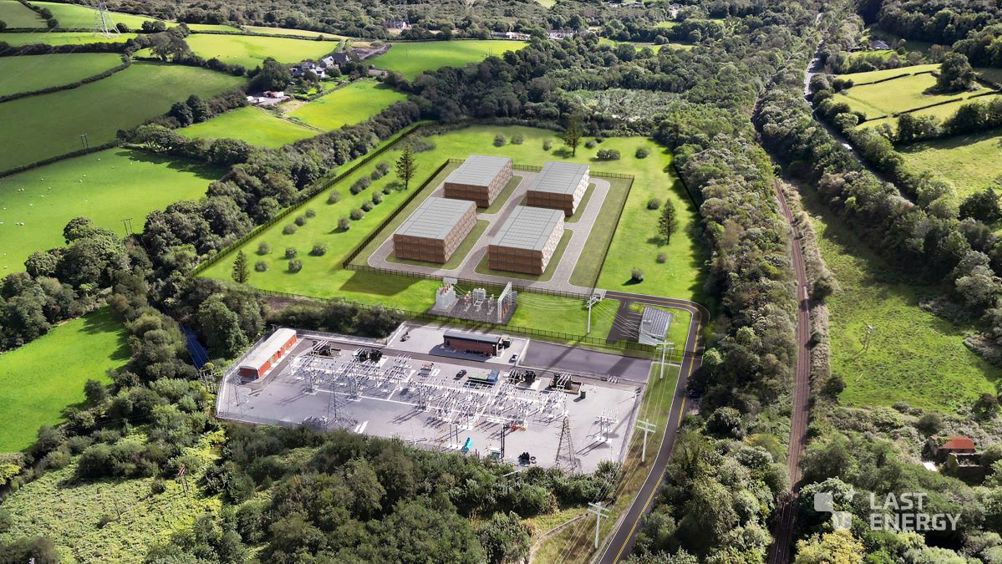This week, Amazon announced that it led a $500m Series C-1 funding round for X-energy, a US-based firm developing the Xe-100 SMR. It’s claimed the pair will work together to roll out 5GW of SMR nuclear power by 2039. Initial development will see a 320MW project in Washington state in partnership with regional utility Energy Northwest, with an option to expand to 960MW.
Related content
Earlier in the week, Google signed an agreement with Kairos Power to install 500MW of SMRs by 2035. Kairos will develop and build SMRs in sites suitable to supply Google data centres, with the tech giant buying ‘energy, ancillary services, and environmental attributes’ through power purchase agreements (PPAs). The SMRs under development at Kairos rely on fluoride salt-cooled high temperature reactor (KP-FHR) technology that uses TRISO (TRi-structural ISOtropic) fuel in pebble form.
“This landmark announcement will accelerate the transition to clean energy as Google and Kairos Power look to add 500MW of new 24/7 carbon-free power to US electricity grids,” said Michael Terrell, Google senior director of Energy and Climate.
“This agreement is a key part of our effort to commercialise and scale the advanced energy technologies we need to reach our net zero and 24/7 carbon-free energy goals and ensure that more communities benefit from clean and affordable power in the future.”
While neither Amazon nor Google directly mentioned AI in their announcements, the energy intensive nature of the technology and its growing adoption are undoubtedly major factors in their decision to go nuclear.
AI searches use 10 times the energy of a typical Internet search. Google’s CO2 emissions have risen 50 per cent since 2019, largely due to energy demand from data centres, much of which is now driven by AI. According to the IEA, total power demand from data centres could reach over 1,000TWh by 2026 - roughly equivalent to the electricity consumption of Japan. Meeting that demand with clean power is now a major challenge for tech companies looking to maintain their environmental credentials.
“This collaboration between Amazon and X-energy is a significant step toward accelerating advanced nuclear technologies that can help us bring new sources of carbon-free energy to the grid cost-effectively and safely,” said Kevin Miller, Amazon’s vice president of Global Data Centres.
“We need smart solutions that can help us meet growing energy demands while also addressing climate change. X-energy’s technology will be integral in helping achieve this, and is an important step in Amazon’s work to achieve our Climate Pledge commitment to be net-zero by 2040.”

SMRs have also received a boost on this side of the Atlantic, with Last Energy announcing plans to develop four 20MW ‘micro nuclear plants’ on the site of the former coal-fired Llynfi Power Station in Bridgend, Wales. According to Last Energy, the first plant could be delivered as soon as 2027, contingent on the licensing and planning processes.
“Last Energy’s emphasis on mass-manufacturability allows us to deliver significantly smaller plants in under 24 months with purely private financing,” said Michael Jenner, CEO of Last Energy UK.
“[The] Llynfi project will not only transform a vacant coal site into a hub for clean energy production, it will also create economic opportunity for companies throughout South Wales.”












McMurtry Spéirling defies gravity using fan downforce
What a fun demonstration. I wonder if they were brave enough to be in the car when it was first turned over. Racing fan cars would be an interesting...